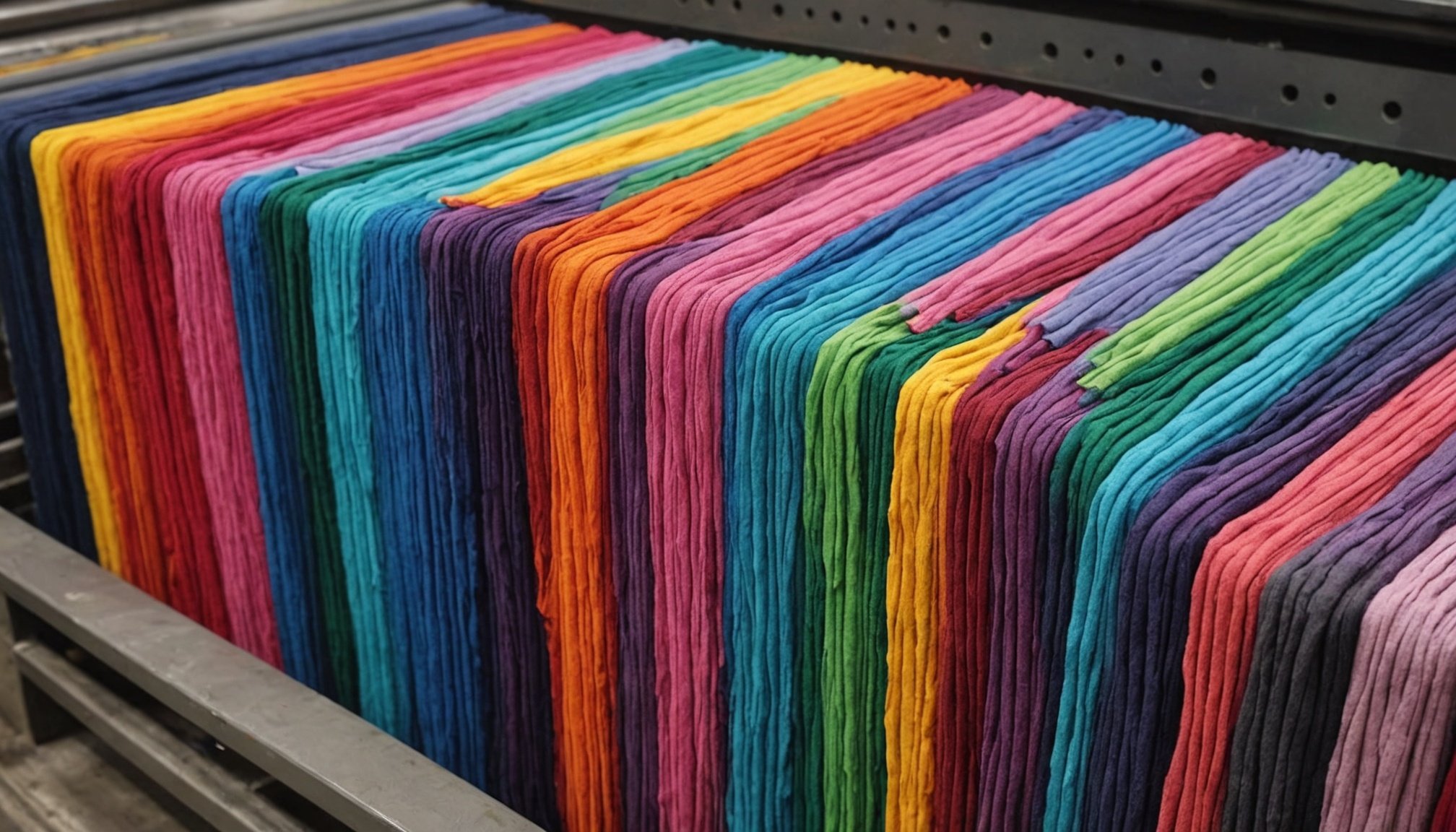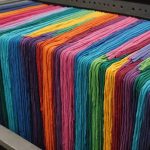Understanding Optimal Water Temperatures for Washing Colored Fabrics
Ensuring the preservation of fabric colors primarily hinges on using the optimal water temperature. Temperature fluctuations can significantly influence the integrity of fibers and the stability of dyes. For instance, high temperatures can cause dyes to bleed or fade, undermining the vibrancy of colored fabrics.
Recommended Water Temperature Ranges
To mitigate these risks, certain temperature ranges should be adhered to depending on fabric type:
Also to see : Empower your mobility: essential knee strengthening workouts for women!
- Cold water (20-25°C): Best for delicate fabrics such as silk and wool. It ensures minimal dye bleeding and supports fiber strength.
- Warm water (30-40°C): Suitable for most synthetics like polyester and nylon, balancing effective cleaning with color preservation.
- Hot water (above 40°C): Generally reserved for sturdy materials like cotton and linens. However, this temperature can compromise dye stability.
Temperature Impact on Fabric
Temperature not only impacts color (expressed through bleeding and fading) but also affects the fiber integrity. Severe heat can weaken fibers over time, leading to a shorter lifespan for the fabric. By employing the correct water temperature, one can enhance both the appearance and durability of colored textiles, ensuring longevity and sustained brilliance.
Practical Tips for Washing Colored Fabrics
When dealing with colored fabrics, practical laundry tips are essential in preserving their vibrancy and integrity. Utilizing the right washing techniques plays a crucial role in color preservation.
Also to discover : Mastering small closet storage: expert tips for efficient space optimization
Pre-Washing Considerations
Before washing, sorting clothes by color and fabric type helps prevent dye transfer and damage. Reading care labels is essential as they provide specific instructions on appropriate washing methods. Often, these labels indicate temperature settings or whether a garment needs to be hand-washed.
Inspecting garments for special care needs is paramount. This includes checking for stained areas that might require pre-treatment. Practical laundry tips suggest tackling stains early to avoid setting during washing.
Washing Machine Settings
Selecting the optimal washing machine cycle is vital for maintaining color. Most machines offer cycles designed for colored fabrics. Also, adjusting settings according to load size and fabric care ensures effective washing without excess agitation.
Choosing between cold and warm water cycles can impact color preservation. Cold water is usually recommended for colored fabrics, as it reduces fading and shrinkage. However, some practical laundry tips suggest warm water to tackle tougher dirt, ensuring the fabric’s care label supports this choice.
By combining these strategies, you can extend the life and vibrancy of your colored fabrics, maintaining their new-like appearance.
Suggested Detergents and Additives
Ensuring your clothes stay vibrant and fresh requires not just any detergent but one that’s color-safe and specially designed for fabric care. These laundry detergents protect fabrics from fading while providing effective cleansing. They work gently to lift dirt and prevent colors from washing out.
Color-Safe Detergents and Benefits
When selecting a color-safe detergent, it’s crucial to focus on products that emphasize protection against color bleed. They contain special additives which prevent colors from transferring between garments.
Fabric Softeners and Enhancing Color
To further maintain your wardrobe’s hues, consider incorporating fabric softeners. These not only keep fabrics supple but also enhance the retention of colors. Stain removers are beneficial as well. They tackle tough spots without compromising the integrity of your clothing’s colors.
Natural Additives for Added Protection
For those who lean towards natural options, common household items like vinegar and salt can be game-changers in color protection. Adding a dash of salt to the wash can help colors set, acting as a natural color-safe additive. Similarly, vinegar can lock in vibrancy while softening fabrics. Both options provide cost-effective and eco-friendly solutions for color maintenance.
Common Mistakes to Avoid
Navigating the challenging landscape of laundry mistakes requires awareness and attention to detail. One prevalent error is washing colored fabrics with whites and lights. This can lead to color fading, where vibrant hues bleed onto lighter materials, diminishing their appearance and causing undesired color shifts. Practising proper sorting of clothing is key to maintaining fabric integrity.
Another oversight is using hot water when it is unnecessary. While hot water is effective at removing germs and stubborn stains, it can also encourage fading and damage delicate fibres over time. Opting for cold or warm cycles can mitigate these risks and promote fabric longevity—without sacrificing cleanliness.
Lastly, overloading the washing machine is a fabric care error with noticeable consequences. When a machine is too full, clothes have limited space to move around, resulting in inadequate washing and increased wear and tear. This can strain the machine itself, leading to inefficient cleaning cycles or even breakdowns.
By understanding these common pitfalls, individuals can enhance their laundry routine, ensuring clothes stay vibrant, durable, and fresh. Employing these straightforward strategies provides a foundation for preserving the quality of garments in the long run.
Enhancing Understanding with Visual Aids
Incorporating visual aids in garment care can significantly enhance understanding and effectiveness. These aids offer clarity through temperature charts and comparative analysis, providing a practical guide for maintaining fabric quality.
Temperature Effect Charts
One of the key uses of visual aids is in temperature effect charts. These charts depict the optimal temperatures for different fabric types, ensuring the longevity and vibrancy of textiles. They visually represent how colour fading progresses across various wash cycles, helping users choose the right settings for colored fabrics. Such visual tools illuminate the stark contrast between washed textiles with optimal and suboptimal techniques, showcasing transformative effects in a visually engaging manner.
Step-by-Step Guides
Step-by-step guides, enriched with infographics, can further aid users through the washing process. Infographics can break down complex instructions into bitesize, accessible visuals. These include detailed steps for sorting and loading garments, ensuring that fabrics remain in top condition. Instructional visuals also offer tips for handling stubborn stains while preserving the colour integrity of fabrics. This dual use of text and imagery not only provides information but also supports users in every step of garment care.











